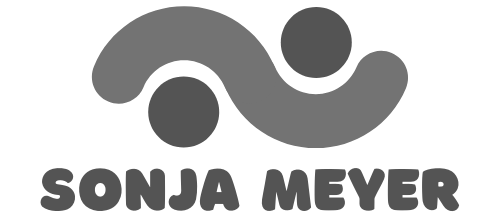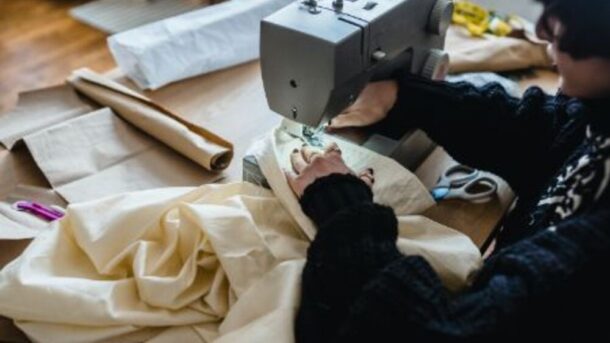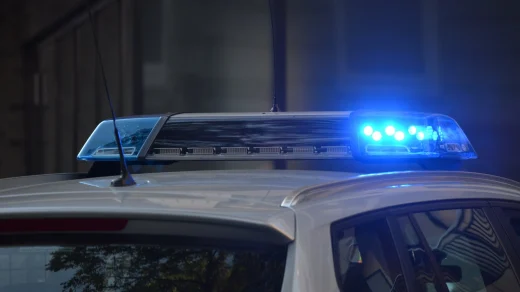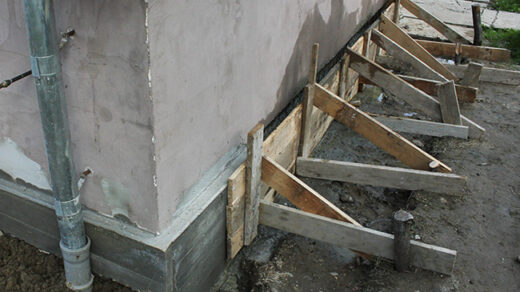Sewing machine parts may seem complex at first glance, but each component’s function can be easily understood through this article. Here you will gain an understanding of their purposes and functions.
Metal plate which sits underneath needle and presser foot. This plate contains an opening for the bobbin thread to escape as well as notches to accommodate seam allowances. Know more about embroidery machine for beginners.
Needle
The needle is one of the key components in any sewing machine. Constructed of hardened steel and coated in either nickel, chromium, or, more recently, titanium nitride on top of chromium platings, there have been multiple systems and sizes introduced for specific fabrics or forms of work.
Scarves on needles serve to hold bobbin thread in place while stitching, while its area above the eye, known as the point, can have different configurations depending on what fabric is being worked with.
Universal needles feature a slightly rounded point and long scarf to allow near perfect point meeting with bobbin hook. Ballpoint needles are great for sewing knit fabrics; stretch needles work better for elastic fabrics like Spandex.
Bobbin
The bobbin holds half of the thread needed to form a lock stitch. It is a small cylindrical spool of thread that slots into an arrangement beneath your needle.
Bobbins are available in various sizes and materials; most often made of plastic with a small hole to hold thread in the center, they typically come in various colors and shapes depending on your sewing machine make and model.
Before shopping for a bobbin, review your machine’s manual or look online to determine its recommended type and size. Buying the wrong kind can cause damage to your machine, while shape and diameter should also be carefully considered when making this purchase. Avoid misshapen spools with dents which may create tension issues.
Thread Guide
Thread guides help ensure the appropriate thread runs through each part of your machine. It is critical that every screw, hook and area that looks like it holds thread is threaded correctly to avoid problems with your sewing project due to poorly threaded thread.
Under this invention, needle thread 10 prepared on the needle thread preparation path 30 is transferred through a series of threaded portions such as thread tension regulator 14, take-up spring 15 and lever 13 sequentially before being passed through a thread eye 19a on a lower end needle bar to pass through to its thread eye 19a for final transfer into its needle bar thread guide 18 with ease and avoid falling off accidentally.
Thread Take-Up Lever
The take-up lever holds the top thread taut between spool pin and needle, as well as providing electrical contact for upper thread break detector. Furthermore, it acts as an intermediary to hold it when passing through hook.
If your sewing machine starts accumulating thread in its hook assembly, this typically indicates improper upper threading. As a first step to correcting this situation, check that the take-up lever is at its highest position before moving forward with other tasks.
The take-up lever dispenses thread from its spool, feeds it through the machine, and lifts it out after every stitch is created – acting as an indicator for needle height positioning.
Presser Foot
There are literally hundreds of presser feet available to sewists today for use with modern sewing machines. Each presser foot connects via either screw or snap-on attachment to your machine’s shank, giving your options for customization even greater variety.
A standard presser foot, also known as an all-purpose foot, features two pairs of matching toes on either side of the needle that can be used for straight and zigzag stitching. In addition, its large opening allows it to accommodate certain decorative stitches more efficiently.
The piping presser foot features open channels on its underside that keep cording or piping securely in place, making sewing with it faster and simpler than using only a zipper foot alone. Meanwhile, an invisible zipper foot offers two channels on its underside that fit the coils of an invisible zipper perfectly so you can sew close for that gorgeous invisible zip finish!





